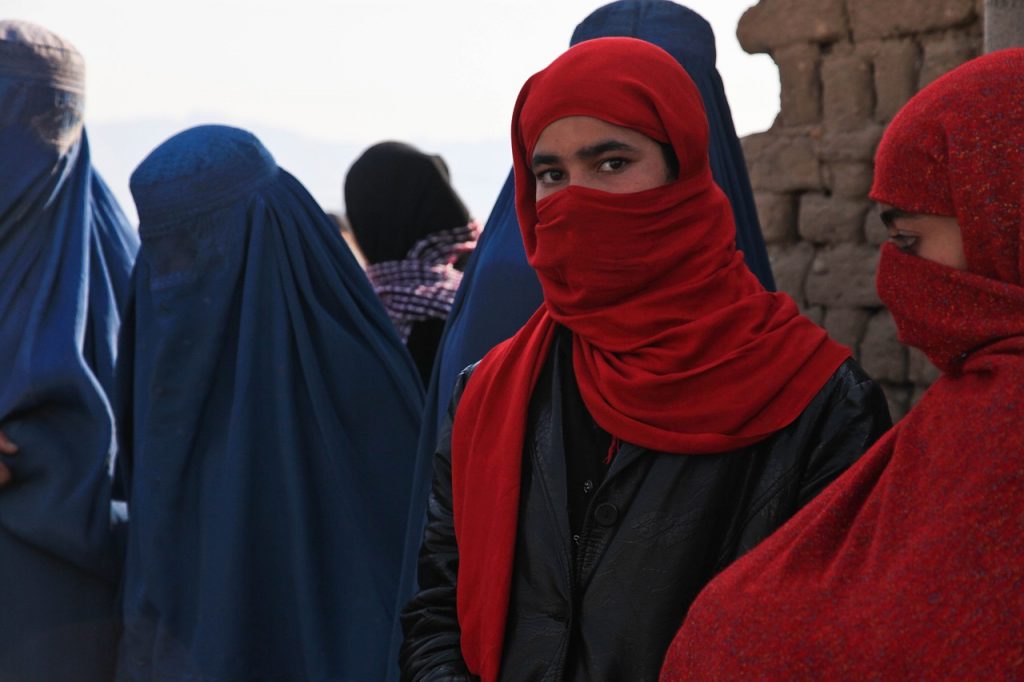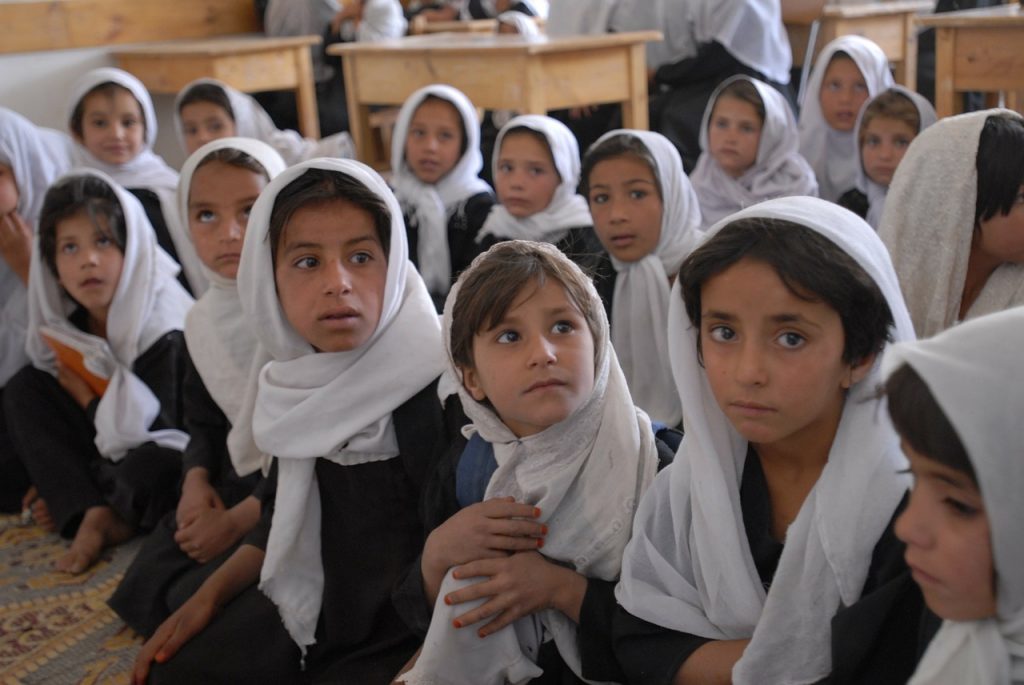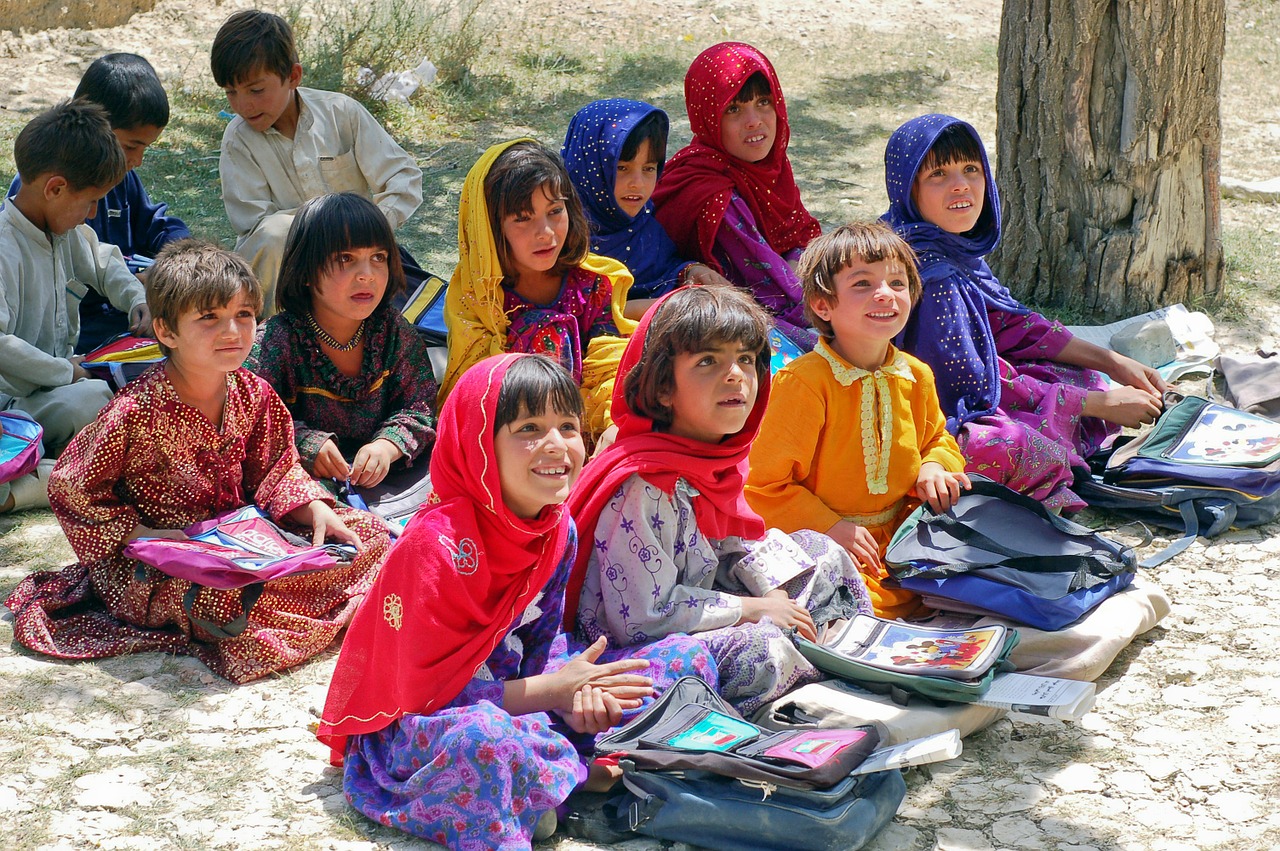Much was lost when the United States abruptly withdrew from Afghanistan last August. One key area that has suffered amid the US exit and the Taliban’s rise is that of female education. For much of the past 20 years, Afghan institutions, emboldened by international capacity-building efforts, had endeavored to create space for improved gender equality in education. While this area was far from perfect by the time Washington withdrew its officials last summer, more and more educational and professional opportunities had been opening up for the country’s girls and women. With the Taliban now in control, anchored in traditional beliefs that favor subservient, domestic women, we are watching as those possibilities crumble.
In this article, I will guide readers through the nuances of female education in Afghanistan. While I will cite expert opinions and academic research, I also offer a first-hand vantage point. I was born and raised in the country and lived there until I was recently forced to depart due to growing threats to my safety. My perspective is that of a young woman who was educated in an increasingly open Afghanistan, who earned a law degree, participated in international academic competitions, and went on to work in women’s rights and education in the country, before abruptly fleeing for my life.
It is my hope to share these insights and experiences in order to shine a light on the increasingly bleak future of female education in the country, and the need for action to counteract these threats.
Traditional barriers to female education in Afghanistan
Throughout our history, the women and girls of Afghanistan have faced countless forms of discrimination. Traditional beliefs and cultural pressure have largely kept women at home, out of the classroom, and bereft of an understanding of or access to fundamental rights.
Both the Taliban and the Afghan government that had been in power before its recent rise cited security issues as a key deterrent affecting female education in the country; neither appeared prepared to grapple with the more complex cultural and traditional elements that may be at play.

ArmyAmber / Pixabay
A 2010 study investigated the varying impacts of political institutions, culture and religion on gender inequality in education around the globe. The authors found that as a general rule, culture and religion play a stronger role than politics in this regard, and that gender-based educational discrimination was especially pronounced in Muslim-dominated countries. “We have investigated whether political institutions affect gender equality in education, with the counter explanation being culture and religion. The results suggest no robust effect of democratic political institutions on discrimination against girls in education. We find no evidence of gender discrimination in forestalling education in autocracies. Likewise, there is no gender discrimination in promoting education in democracies. We have found that culture and religion have a greater influence on gender equality in education than political institutions,” the authors of the study wrote.
A 2017 paper found that in Afghanistan specifically, the key factors hindering gender equality in education were traditional and cultural. The author also cited a plethora of other obstacles, such as economic difficulties, internal conflict, security concerns, and a lack of support and resources for girls and women seeking educational advancement in the country.
This goes to show that even under the comparatively progressive government of Afghanistan that preceded the Taliban’s reemergence, women and girls faced an uphill battle when seeking to further their studies.
Twenty years of growing hope
Still, many of us strived to overcome these difficulties. As a woman in my early 20s, I was able to pursue an education. I studied law, participated in moot court competitions, and ultimately represented Afghanistan in the William C. Vis International Commercial Arbitration Moot in Hong Kong. Emboldened by my academic successes and the boundless opportunities that appeared to be opening up before me, I also created a center for women’s capacity building, and volunteered with various organizations that worked to advance gender equality.
In short, despite the continued existence of many cultural and traditional barriers to female education, the past 20 years preceding the US withdrawal from Afghanistan inspired hope.
During this period, the number of school students in the country increased from about one million in 2001 to upwards of nine million in 2019. By 2018, girls accounted for some 38 percent of school students nationwide.
As noted above, gender equality in Afghan education remained far from perfect. In 2017, Human Rights Watch reported that about two-thirds of Afghan girls were unable to attend school due to issues involving traditional gender norms. In 2018, a journal article on cultural norms and educational access in the country stated: “Despite the infusion of millions of dollars by foreign countries and other international independent institutions, the Afghan government [struggled against] rampant challenges [such as] rigid cultural norms that ban girls’ education in Afghanistan. Girls [were] often kept at home because of harmful gender measures and these issues impede their education. Even on the basis of highly optimistic figures about the participation of girls in education, there are millions of girls in the country who have never been to school,” the author wrote.
As an example of the prevalence of these traditional cultural norms, a well known Pashto proverb holds that “for women, there is either the house (koor) or the grave (goor).”

12019 / Pixabay
Still, the 2001-2019 education trends showed a sharp increase in female education in the country. These figures reflected a growing understanding across Afghan society that to flourish as a nation, our country would need to educate all of its children. A society cannot advance if only some of its members are afforded the right to education. And as female education expanded, so too did the country’s human capital and growth potential.
But these trends that inspired such hope for a stronger Afghanistan were abruptly halted when the Taliban once again seized power. Defined by their traditional beliefs, which include the idea that women are to be kept at home, my country appears to be on its way to becoming one in which half the population is banned from gaining formal knowledge.
Back when I was still in Afghanistan, still working toward the ideal of a brighter, more equitable future for the women there, I had many hopes. I hoped more schools would be built for girls whose families felt uncomfortable sending them to co-ed classrooms. I hoped the number of female teachers would continue to grow. I hoped mosques and schools would endeavor to teach girls about the values of education under Islamic law. I hoped that spiritual leaders would encourage female education, and that media outlets would broadcast opportunities for girls and women. I hoped that women would gain increased government representation, and that academic and professional opportunities would continue to flourish.
Now that I have been forced to flee for my safety, I hope to do everything in my power to advance the rights of women and girls in Afghanistan from abroad.
Muzhgan Mirmast is a JURIST guest contributor. Originally from northern Afghanistan, she graduated from Balkh Law Faculty in 2019, and served as a competitor and then coach with the Williem C. Vis East International Commercial Arbitration Moot. In addition to having volunteered with several human rights organizations, Ms. Mirmast established Women House, an organization aimed at empowering women and girls in her community.


